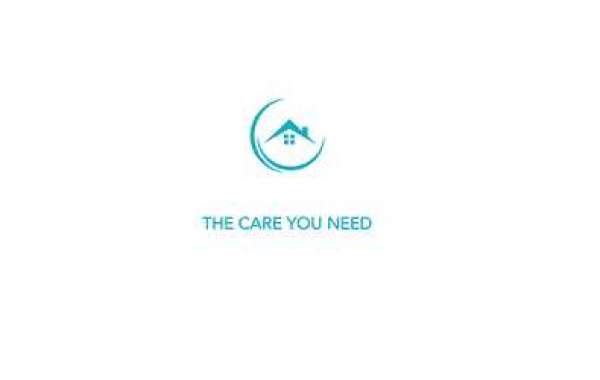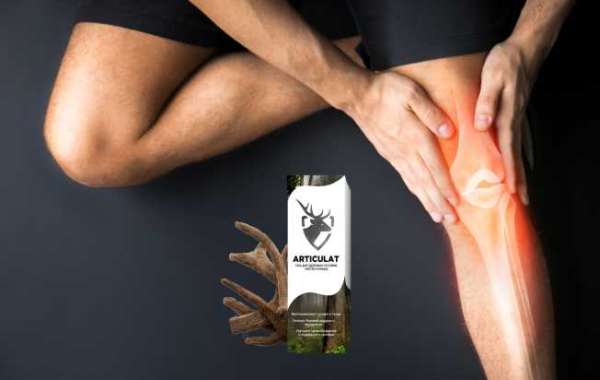There are several types of barriers to access: one concerns funding, which is usually necessary for the existence of needed services; another involves physical access community services (i.e., the need for ramps, elevators, handicapped-accessible bathrooms); and a third involves programming or information that is insufficient to meet needs. The fourth is a personal barrier, which is generally a matter of something in an individual's life or circumstances that prevents him or her from taking advantage of needed services.
The most obvious type of barrier to access is physical. This can be as simple as not having handicapped-accessible bathrooms, to something more complex, like a lack of fire exits in a facility. Removing this barrier can be a costly endeavor, and is often done in conjunction with other strategies to increase access.
Other forms of barrier to access include the fear of failure, especially in healthrelated programs and instructional classes. Welfare programs, literacy instruction, WIC (Women's Infant and Children) programs, food banks - these and other services may come with a negative stigma attached to them, particularly in poor or underserved communities. This can make people afraid to try them, even though they're a necessity to a healthy lifestyle and the best way to reduce poverty.
Changing the nature of the service itself is also an important way to increase access to these kinds of services. For example, a new snack food display or other promotion could be changed to reflect a more attractive image of healthy foods and snacks. Similarly, a new support group for people trying to change their unhealthy behavior or habits could be developed.
These can be used in conjunction with other strategies to increase access, or as stand-alone initiatives. In addition, they can be used to encourage a more healthy lifestyle for individuals, which, in turn, leads to healthier communities and improved quality of life.
Some examples of strategies to enhance access are:
Extending opportunities for the poor
Increasing opportunities is an easy way to boost access, but it can be hard to do. Programs and services are sometimes means-tested, meaning that participation is limited to those with low incomes. The same applies to other sorts of programs, such as basic education and job-training, Pell grants, and Medicaid (federal medical insurance for people of low income).
By increasing opportunities, you can boost the likelihood that a person will take advantage of services or programs that are meant to improve their life. You can encourage more people to join a job training class or an art class, for instance, and you can create more opportunities for a person to learn to be independent in the home, thereby reducing family stress.
Developing an effective strategy to enhance community access care requires careful consideration of all three elements, and often a mix of them. This can involve modifying services, amenities, and products; adjusting their schedules, locations, or structures; using cultural sensitivity and knowledge; forming support groups for those who are trying to change unhealthy behaviors; and partnering with others to encourage the adoption of more healthy alternatives.














